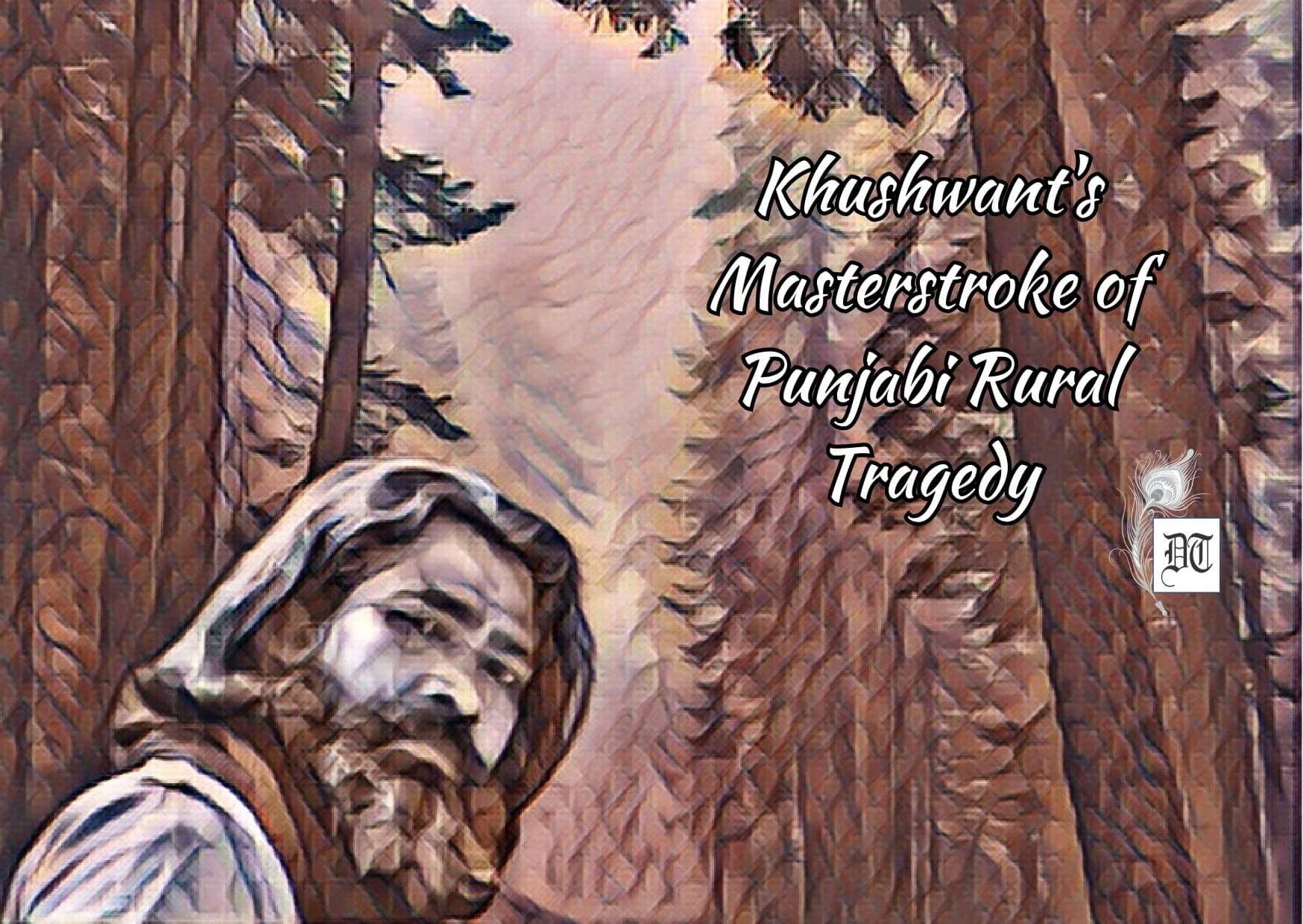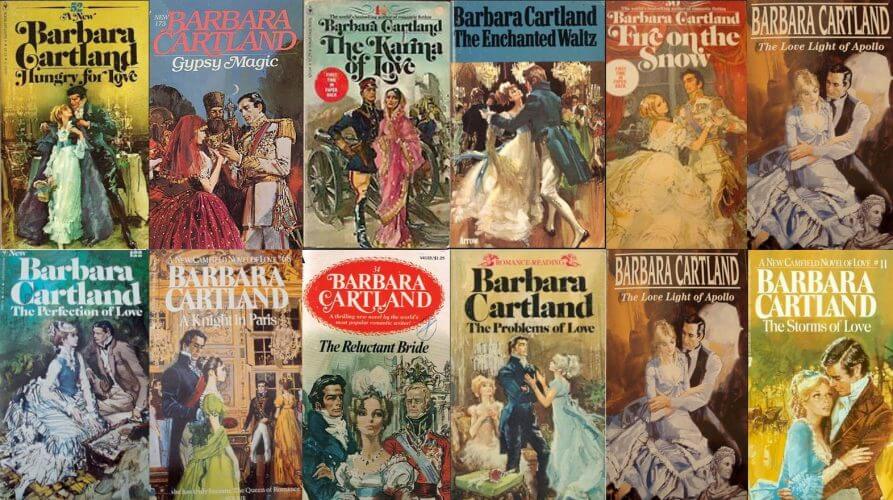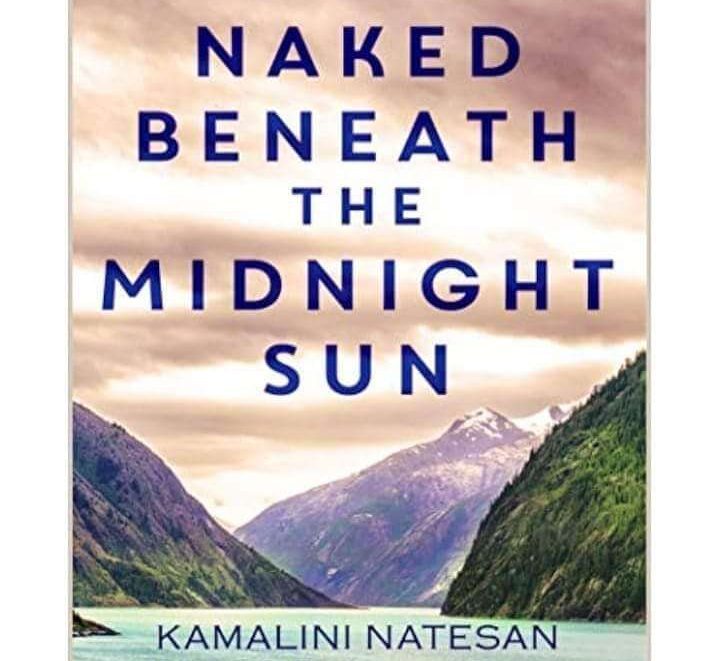Book Details

1. The Ballad of the Bleeding Bubbles, Cyberwit.net. Allahabad, 2013.(ISBN: 978-81-8253-446-9), Price $15 /Rs.200 (Pages 78) in print.

2.Oleander Blooms , Authorspress, New Delhi. 2015. (ISBN: 978-93-5207-045-9), Price Rs. 295/$15 (Pages 210) in print.
Dr Ratan Bhattacharjee is a poet of love but more than that he is a poet of flowers. In love poetry flowers always come very prominent especially in the romantic love poetry of the world. As in his poems, Keats uses flowers, or Oscar Wilde wrote: “O Love too great for lip or lyre,/Blown rose of love and of desire,/O the glad dove has golden wings” . It is wonderful to know that Wilde spoke of rose and Keats spoke of musk rose. But Bhattacharjee always writes of Oleander in his second volume Oleander Blooms.
No poet in English wrote more than one hundred poems only on one Oleander flower to replace the conventional floral symbol rose. But still in his poetry of the earlier period he wrote about other flowers. In the Ballad of the Bleeding Bubbles he writes of flowers when he imagines a garden: ‘Love me forever/ It had inside it a garden on fire/The fire did not burn but it did inspire”(p.19). He says in the other poem: “I could not tell you/ Why the flowers bloomed and the air blew”. (p.20). In one poem he compares himself to ‘a flower plant’: “I feel I am flower plant drying up in the desert land” (p24) . The Oleander is first mentioned in his poem ‘When We Met’ when he says: “The Oleander red tree of love grows within me” (p28). Love is flower plant for him in one poem. In Bengal, during the spring, red Palash flowers and yellow Radhachura attracts the poet. He talks about them in his poem :” I wished I could have the power to tread / On the soft grass where the red Palash and yellow Radhachura / fall all night and my sadness and gloom removed.”(p37).
Jasmine is another favourite flower for the poet. He writes many poems now on Jasmine. But in the Ballad of the Bleeding Bubbles too the first mention of Jasmine occurs along with Champak: “The temple bells fade into silence/ The ripples of river dance in glee/ Jasmine and Champak bloom in the garden / When you are with me.”(p.39). Although he loves to be an Oleander Poet of Indian English poetry, Dr. Bhattacharjee in defining beauty never forgets the traditional Rose: “You are like a blooming rose / Your hair , your eyes, and your straight –built nose.” In the same poem he elaborates on rose: “The roses of my thoughts all bloom in red /With the green leaves to give them shade.” (p41).
Even in his realistic poems where he describes the rape of Nirbhaya in Delhi bus, he uses the flower image: “But they dared to tear the budding flower” (p 51). In the poem ‘Amaryllis’, which is an African flower and it ‘sparkles’ and blooms indoor, he expresses his pain through flowers. Another example is, “Lupine and amaryll is towered over the ground / Looming silence round and round” (p 66). Ambika Ananth beautifully focuses on this aspect of floral symbolism in his poetry: “The imagery in his poems is so vivid, it is like a word painting: “The vernal breeze blows/bringing good news for lovers/ with the cuckoo singing / palash bursting in crimson hue”(p78 Afterword by Ambika Ananth in the book).
Since ages the poets had been experimental in expressing the divine virtue of love in their own inimitable ways. From the first prick of cupid’s arrow to the complications of love life all had been the subject of love poetry. They always tried to illuminate the world of love to help us to understand the magical charm and to have a better understanding of human emotions. But the song of love could never be sung so fabulously as by the legendary icon Bhattacharjee. He emerges as one of the most acclaimed poet of love bringing us close to the sunshine while removing our grief through the commendable tapestry of his lyrics.Quoting about the magnificence of Oleander Blooms Elisabetta Marino, Assistant Professor, University of Rome, says in her foreword, “The most remarkable quality of the charming lines included in this volume is the capacity to give shape to one’s innermost feelings, longing fears. It is as if the poet had found the key to the reader’s heart and he decided to open it, revealing the most splendid, cherished and voluptuous visions as well as exposing the darkest worries that cast a long shadow on the path of anybody that has ever suffered the pangs of love.” She further adds, “Ratan Bhattcharjee’s poetical compositions are genuine and modest. Real love is never adorned with jewels and costly objects: respect and gratitude are its humble companions, and a kiss its most precious flower.”
Oleander Blooms touches our soul leaving us mesmerised in the valley of love. We feel lost, unable to come out as the Oleander captivates our heart and we get blind by the dazzling beauty, ‘Blinding beauty of Oleander made me soar to the heights.’ It is an amazing experience where the readers dip into the holy confluence of love and wish to dwell eternally but then suddenly they feel struck by the pain; the pain of departure, suffering and loss as quoted by the poet:
‘Sometimes the pain, sometimes the shadows within
In just one day I turned to a hospital dustbin
As lousy, as noisy, as disgusting all over
The field suddenly goes barren
Where now blooms the Oleander?’
One gets shattered and feels like escaping from the real but Alas! There is no escape. Yes, this is what the poet wishes to express through his meticulous symbol of Oleander. Oleander is considered to be an ornamental plant that is also known as Desert Rose, which signifies beauty but at the same time it remains to be poisonous too, indicating a universal phenomenon to maintain the balance in the universe.
During colonial period rose had been widely accepted as a pious symbol of beauty, the feminine face of God and the same was imported by the Indian poets too.Though rose is considered to be the traditional European symbol of love but here the poet rebels against the conventional symbol of Rose and brings out the lovely Oleander as a novel symbol of beauty and grace that not only relates to the ecstatic mood of the poet but also makes him realise the darker side of life that remains to be an unavoidable reality.
The poet has taken Oleander as an emblem of divine beauty, the holy symbol of his love. He feels arrested by the heavenly charm of Oleander and finds himself unable to differentiate between his beloved and the beautiful flower:
‘She is the incarnation of freedom,
She is the definition of beauty….’
He considers the presence of Oleander in his life as godsend as it often inspires the poet amidst difficulties of life. He is so engrossed in his eternal love for Oleander that he personifies it as his beloved:
‘Whenever I am in need my Oleander stand behind…..
Oleander makes me feel her enlarged self, vast and wide
Past sorrows are eclipsed and we go for a joy ride’.
The poet can’t hide his love for Oleander. Being a love poet his sensitive soul cries in pain whenever he goes far away from the divine flower. He longs for the heavenly union and gets nostalgic while recalling the past,
‘Oleander, do you recall the day we waited
The whole day and the orange evening
All our urges and desires thwarted
And we did not get chance for talking or loving’.
The poet feels indebted to the heavenly symbol of love when he confesses, ‘Oleander taught me all that is love’. He feels shattered by the grief of his beloved as if his God is angry with him. His heart sinks when he sees tears in the eyes of Oleander. The agony of his heart makes him cry in pain,
‘Tears are the melting point of the heart
Tears cleansed my soul when I was hurt.
But when my Oleander weeps and feels sad
The soundless bell tolls to say, ‘God is not glad’.
Though he frequently quotes the eminent poets like Tagore and Chitra BanerjeeDivakaruni to establish the significance of Oleander as he says,
‘When I read Tagore’s Red Oleanders,
I never knew
Oleander, yes red or blue Oleander
Is beautiful and poisonous’
But then he comes out with a peculiar approach as he doesn’t find Oleander to be poisonous in the same sense as has been used by others. He feels that the poison indicates the bitter realities of life e.g. day is always followed by the night, one who is born is certain to die, and union and separation remains to be the universal truth. Similarly the beautiful and the venomous flower indicate the divine rules that can’t be denied by an ordinary being. Everything in life has its own significance else the life would become monotonous. The symphony of life can be better understood by those who carry a heart to feel it and he finds Oleander to be the most appropriate flower to manifest the real definition of love life. Love carries the power to remake or to destroy. It can bring heaven on earth and at the same time it has the power to turn heaven into hell like Oleander that remains to be angelic as well as venomous.
So he chooses the fortunate Oleander, a flower of global relevance, as a symbol of his love for his beloved instead of using a conventional symbol. And with the help of bewitching Oleander he succeeds in his aim of wooing his beloved to a great extent. He is so passionate about Oleander that he calls it to be a feast”
‘A feast to my eyes rediscovering my heart grilled
A passionate downpour making my dreams wet.’
He feels grateful to the flower for blessing him with the second youth. Sometimes we notice the mingling of thoughts as we fail to differentiate between the beloved and the Oleander as the poet remains to be fascinated by the beauty of both and thus leave the readers clueless about the difference between two heavenly elements.Both become one, arresting the heart of poet as he feels drunk,
When in a glass house your image glitters
I feel drunk in joyful fritters…’
Even he is so lost in the beauty of flower that while looking at his beloved he recalls the glow of oleander,
‘Love sometimes opens up silently like a rose
I am all poetry then only to lose all my prose
In the palace love-bewildered you walk slow
In your look I discovered again my Oleander glow.’
In Greek mythology Oleander is associated with charm and romance. Here the poet has also used it as a symbol of everlasting love that can never die. He immortalised the beauty of Oleander. We see the spirit of a true love poet who is ready to wait till eternity for his beloved without being bothered about the earthly constraints. He profoundly admits that,
‘When I wait, I feel waiting to be love as it repels my gloom
Mood-swing occurs, shapeless seasons come,
Yet Oleander bloom.’
Bhattacharjee surely and certainly emerges to be a great poet of love who beautifully expresses the pangs of love and pain through the use of lovely Oleander. To quote Dr. Daniela Rogobete, ‘The poet accordingly imagines this universe of love as a ‘Pandora Box’ that encompasses the full range of conflicting emotions and human virtues and weaknesses, and builds it around a central metaphorical axis- the evergreen Oleander, mixture of beauty and poison.’ To Bhattacharjee,the flower remains to be an eternal source of bliss,
‘For so many days no water no sunshine
Today we are bathing in sea-light and wave
We are flowing gleefully like the Rhine.
Hour by hour the green in us is growing,
We hear the promise of a flower with wonder
I knew it was a call from none but my oleander.’
Thus, Oleander Blooms turns out to be a marvellous creation for all who seek love in any form. It’s Bhattacharjee’s chef d’oeuvre that can’t be bought with money but with a heart only. One needs a loving soul to decode the mystical language of love and to understand the deeper feelings of the poet. This is undoubtedly a masterpiece par excellence where Oleander as symbolic leitmotif canvasses the flowering of love as a divine and human experience.




 By
By